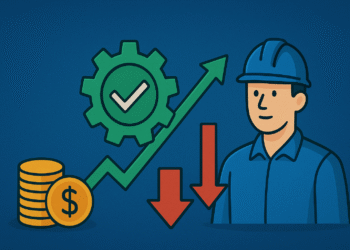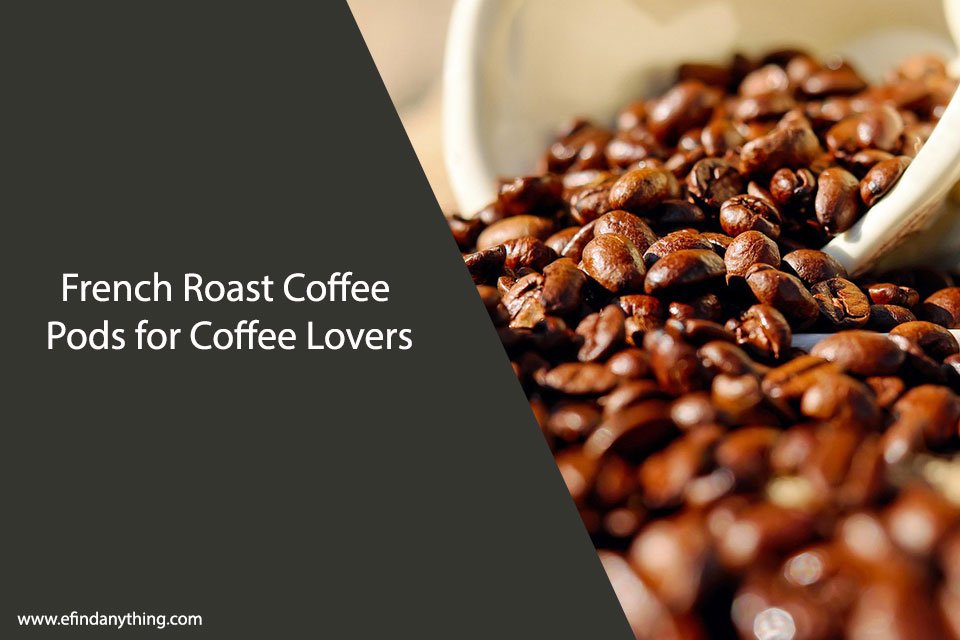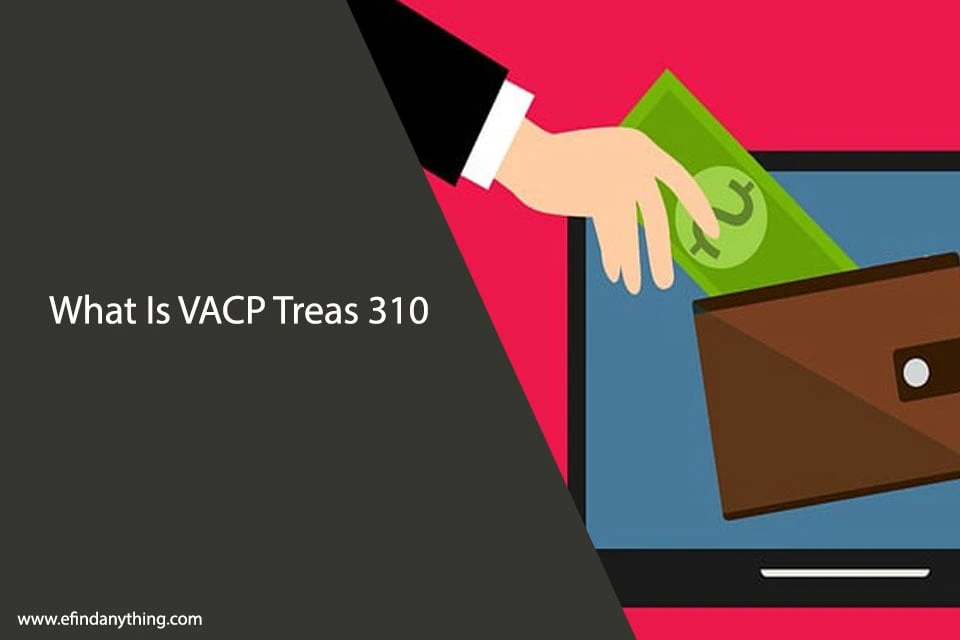
Podcast advertising continues to thrive as a high-ROI marketing channel, driven by its unique ability to connect with engaged listeners. Host-read ads, in particular, have proven to convert at 3.5 times the rate of standard digital ads, while dynamic ad insertion allows brands to optimize campaigns in real-time based on listener behavior. The placement of ads—whether pre-roll, mid-roll, or post-roll—also plays a critical role in influencing both conversion rates and brand recall. To effectively navigate this space, marketers should familiarize themselves with the various types of podcast ads and how each format functions. A clear understanding of these ad types and their strategic applications is essential for maximizing performance and return on investment in today’s competitive audio landscape.
Host-Read Ads: Building Trust Through Authentic Endorsements
Host-read advertisements represent the cornerstone of podcast monetization, delivering conversion rates 3.5 times higher than pre-recorded spots. This performance stems from the parasocial relationship between hosts and listeners, where 78% of audiences report trusting recommendations from their favorite podcasters.
These ads integrate seamlessly into content when hosts personalize messaging with authentic experiences. Data shows 61% of listeners purchased products after hearing host endorsements, compared to 48% for standard ads. For maximum ROI, advertisers should provide talking points rather than scripts, allowing hosts creative freedom while maintaining brand integrity. The sweet spot for ad length is 60-90 seconds, balancing engagement with information delivery.
Dynamic Ad Insertion: Targeting and Flexibility in Podcast Marketing
Dynamic Ad Insertion (DAI) revolutionizes podcast advertising by enabling marketers to swap commercial content based on listener demographics, geographic location, and consumption patterns. This technology delivers 32% higher conversion rates compared to traditional podcast ads by serving timely, relevant messaging.
DAI optimizes campaign performance through real-time analytics, allowing advertisers to adjust targeting parameters mid-campaign. Marketers can test multiple creative versions simultaneously, identifying top performers while maintaining budget efficiency with CPM rates averaging $15-25.
The technology accommodates seasonal promotions and time-sensitive offers without requiring podcast hosts to re-record episodes, maximizing ROI and ensuring message relevance regardless of when content is consumed.
Placement Strategy: Pre-Roll, Mid-Roll, and Post-Roll Considerations
Beyond targeting capabilities, the strategic positioning of ads within podcast episodes greatly impacts listener engagement and conversion metrics.
Pre-roll ads (0-15% mark) establish immediate brand awareness but face potential listener skipping. Data shows mid-roll placements (40-70% mark) consistently deliver highest conversion rates—typically 2-3x higher than alternatives—as they reach already-engaged audiences. Post-roll ads (final 10%) generate lowest CPAs but suffer from diminished audience retention, with only 68% of listeners reaching episode conclusions.
Optimal strategy combines placement types: pre-roll for awareness, mid-roll for conversions, and post-roll for reinforcement, tailored to campaign KPIs and audience behavior patterns.
Branded Content and Sponsored Segments: Beyond Traditional Ad Breaks
Innovative advertisers increasingly leverage branded content and sponsored segments as premium alternatives to traditional interruptive ad formats. These integrations yield 35% higher brand recall and 2.3x greater purchase intent compared to standard ads.
Branded segments feature host-delivered content that aligns with show themes while naturally incorporating sponsor messaging. Advertisers gain access to highly engaged audiences through episode takeovers, co-created series, or thematic integrations lasting 3-7 minutes.
ROI metrics demonstrate branded content’s effectiveness: 72% of listeners complete these segments versus 58% for traditional ads, with conversion rates averaging 12% higher. Measurement tools now track attribution through dedicated landing pages and unique offer codes.
Performance Measurement: Tracking and Analyzing Podcast Ad Effectiveness
Accurate measurement forms the foundation of effective podcast advertising strategies, with 67% of marketers citing attribution as their primary challenge. Traditional metrics like download counts provide baseline data, while pixel tracking and unique URLs offer deeper conversion insights.
Dynamic ad insertion platforms now enable A/B testing across different audience segments, generating comparative ROI metrics. Post-listen surveys reveal brand recall rates, typically 4.4x higher than display advertising. Furthermore, promo code redemption tracks direct response while vanity URLs measure traffic attribution.
Most advertisers now implement multi-touch attribution models, connecting podcast exposure to conversion paths across digital touchpoints for thorough campaign analysis.
Pricing Models: Understanding CPM, Flat-Rate, and Value-Based Structures
The financial framework of podcast advertising operates through three predominant pricing structures that directly impact campaign ROI.
Cost Per Mille (CPM) pricing charges advertisers $20-$50 per thousand impressions, scaling efficiently for broader campaigns. Flat-rate models offer predictable expenditure, typically ranging from $200-$5,000 per episode based on audience size and engagement metrics.
Value-based structures tie compensation directly to performance indicators—paying for conversions, acquisitions, or revenue share percentages. This approach aligns publisher incentives with advertiser outcomes.
Selection between these models should consider campaign objectives, available metrics, and risk tolerance. Data indicates performance-based pricing delivers 23% higher ROI for direct response campaigns, while CPM benefits brand awareness initiatives.











